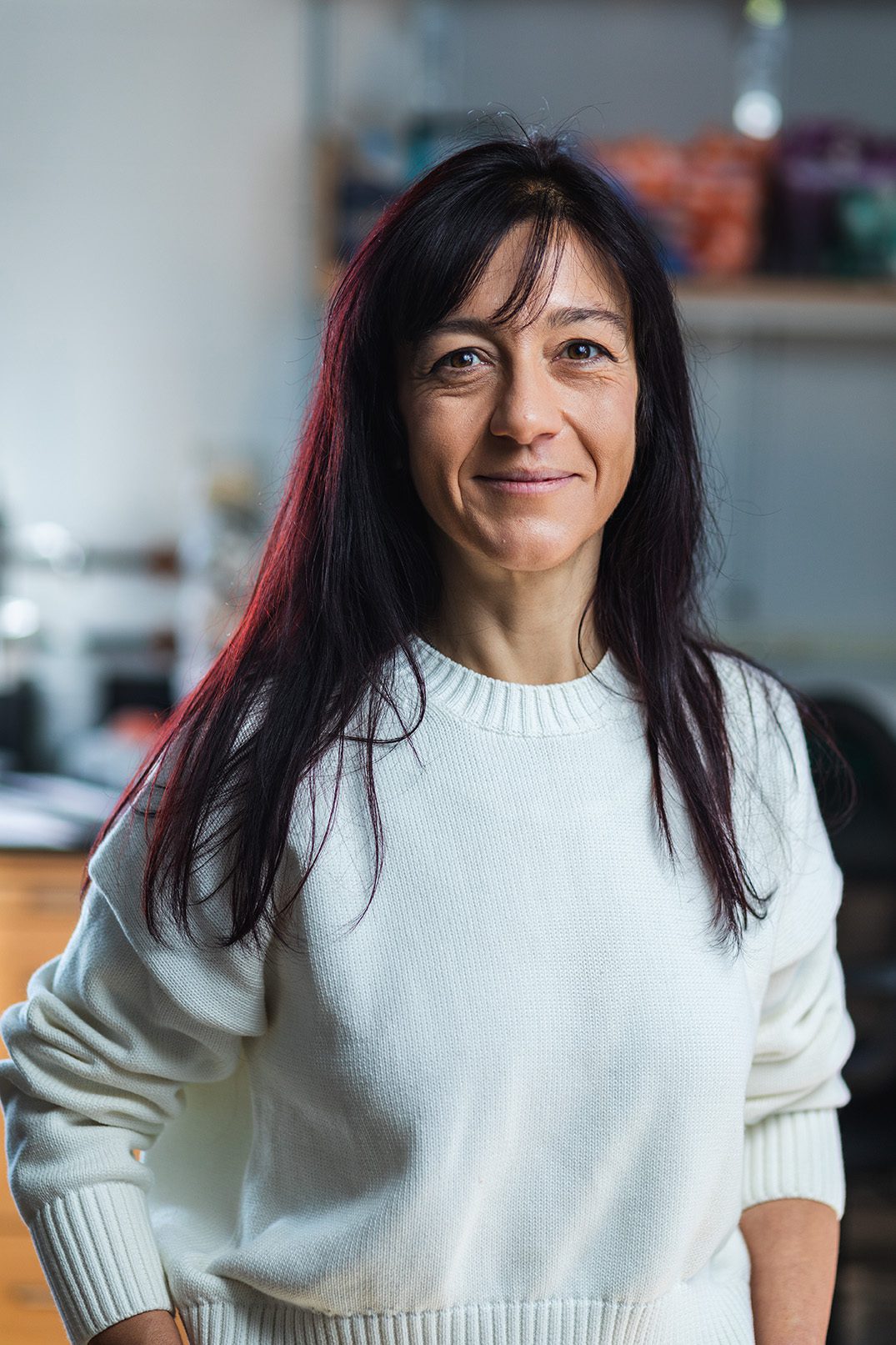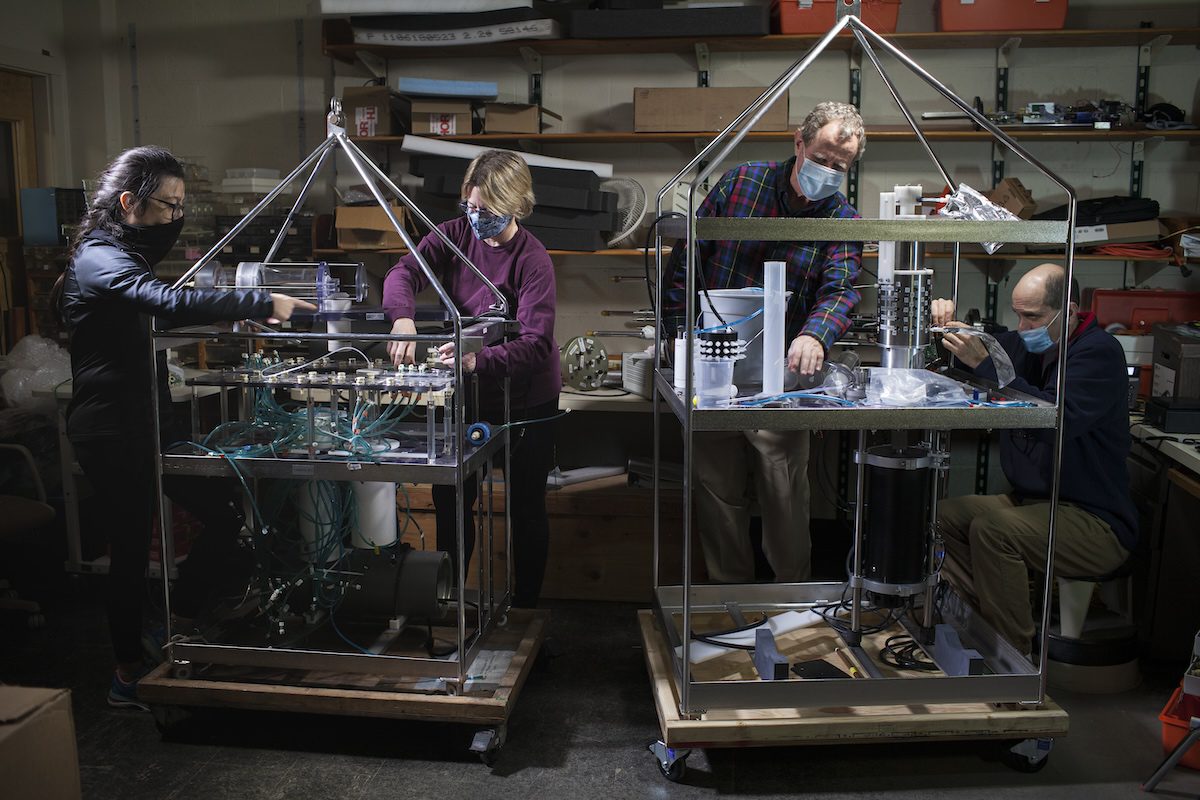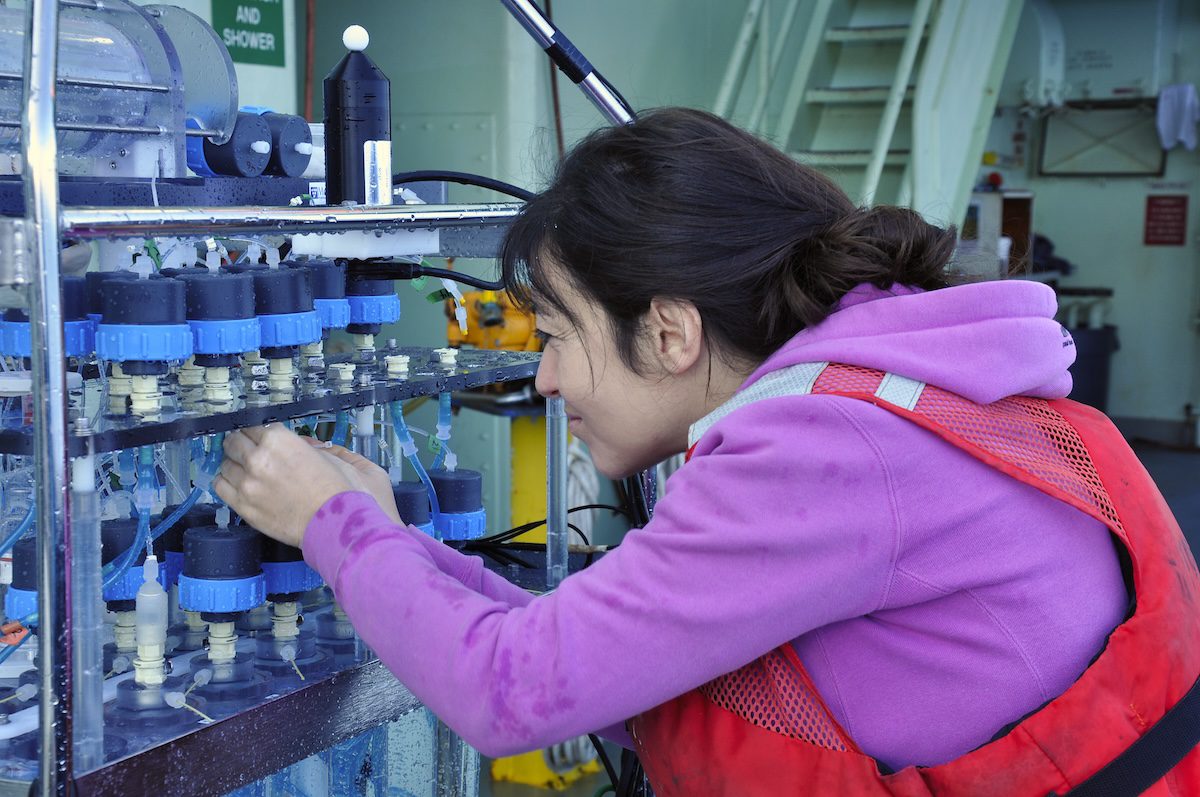I grew up near the seashore on Crete, which is the biggest of the Greek islands. When I was in high school, one of my teachers asked us to define life. No matter what definition we gave, he would give us a counter example from the inorganic world that could do similar things, including replication. He showed us how even rocks can grow. That is when my love of biology sparked.
During my studies, I realized that the microbes we call bacteria and archaea can metabolize in really versatile ways. Some of them breathe oxygen, but others breathe nitrogen compounds. Some can use methane and sulfur compounds. I found the diversity of their metabolisms—and the fact that they can dictate chemistry—fascinating. Now, as a marine microbiologist at #WHOI, I study life in parts of the ocean where there is no light, and no oxygen.
No one can see these deep sea microorganisms. When we dive to a hydrothermal vent field, we see snails, mussels, and tubeworms. They are colorful and cute. We get beautiful pictures, and our eyes are pleased. But people don’t realize that microbes are using “hostile” chemistry to make this habitat into an oasis of all the life we see.
When I was younger, I used to have a more romantic view about the world and saving it. This is part of what drives science for me. I am more of a realist now, but I still enjoy doing science, contributing to the knowledge of marine life, and building new devices to do this in novel ways. I grew up in a relatively small country that doesn’t have the means for research that a lot of the western world has. I never would have dreamed I would become a scientist at WHOI. It was never even my goal. But I was passionate about what I was doing in each step of my career. WHOI was doing science in the Mediterranean and I got to be part of the science party. I got to know WHOI scientist Ginny Edgcomb and she encouraged me.
I don’t think the paths of any scientists have been easy. During my first cruises, I was bullied or harassed. I think a lot of female scientists face that. But I do think it is different than it was fifteen years ago. There are now means for people to reach out and seek support. There are great female scientists who care about closing the gaps in this leaky academic pipeline for women. And, as you move along you get to choose the people you work with. That makes a huge difference.



